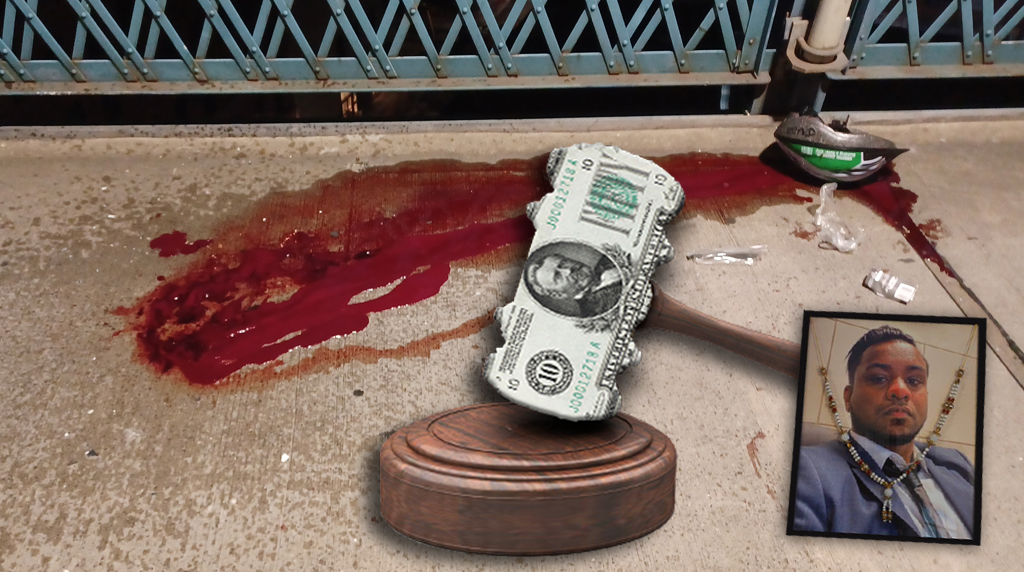With a new commissioner coming in to run New York City's Department of Transportation, now is a good time to begin a conversation about what the agency could be doing differently to make itself more effective. DOT has a tough job. It has conflicting, and sometimes contradictory, mandates from the mayor, city council and communities it serves. The agency is often asked to bridge deep differences in neighborhoods between those most concerned with parking and driving and those focused on better walking, cycling, quality of life and long-term sustainability. It's not unheard of for the same council members who demand better bus service to protest changes in parking rules that would reduce double parking and speed bus service. But there are things that DOT can do relatively easily and at low cost to improve its relations with the public and raise the level of the transportation discussion. Here are five of them:
1. Communicate earlier with affected communities about planned changes.
One way to do this is to put draft plans on-line at least a month before public presentations and ask for public comment. DOT's web site would contain borough sections that people could regularly check for notices. DOT would also offer e-mail subscriptions for notices, plus inform community board committees, and collect emails of the interested public for various neighborhoods. Recognizing the digital divide, DOT could also send out postcards to community board and civic mailing list, alerting people to the online posting. DOT would not respond to comments posted to its drafts, but instead use them to provide more effective presentations, targeted to community concerns.
2. Post planned projects online.
DOT should be posting organized lists of rebuilding and repaving projects sorted by borough on its website. This would help elected officials, community groups and the concerned public and the agency itself keep track of things. Ideally, projects would be geocoded so the public could view the information in a map format.
3. Offer twice annual traffic and transportation mini-courses in every borough for community boards, borough presidents, council members and their staff.
The more educated decision-makers are, the better it is for DOT. The agency spends enormous amounts of time and effort trying to educate decision-makers about the basics of traffic signals, parking and traffic engineering. DOT spends significant effort on public requests for traffic signals; which engineers and advocates agree often make pedestrians less safe and speeding worse. If these courses reduced requests for new signals they would pay for themselves.
4. Post basic, timely, information about traffic crashes on the DOT website.
The police department posts up-to-date crime data on each precinct's web page. The DOT should do the same with crash information for every community board or precinct. The police department has real time data from their CrashStat program and could help with this. This information would allow the DOT and public to gauge how effective traffic safety initiatives were and increase public confidence that DOT was keeping a close eye on safety concerns.
5. Spur innovation by hosting and promoting transportation forums.
In the early 1990's the DOT hosted a three-day traffic calming seminar at NYU featuring top German traffic calmers. The event was standing room only and educated a generation of community leaders and planners at DOT and other agencies. In the last year, the Manhattan Borough President and Transportation Alternatives have hosted important forums on transportation and parking. NYC has much to learn from the rest of the world and with minimal effort, DOT could help promote forums that would catalyze change here.





